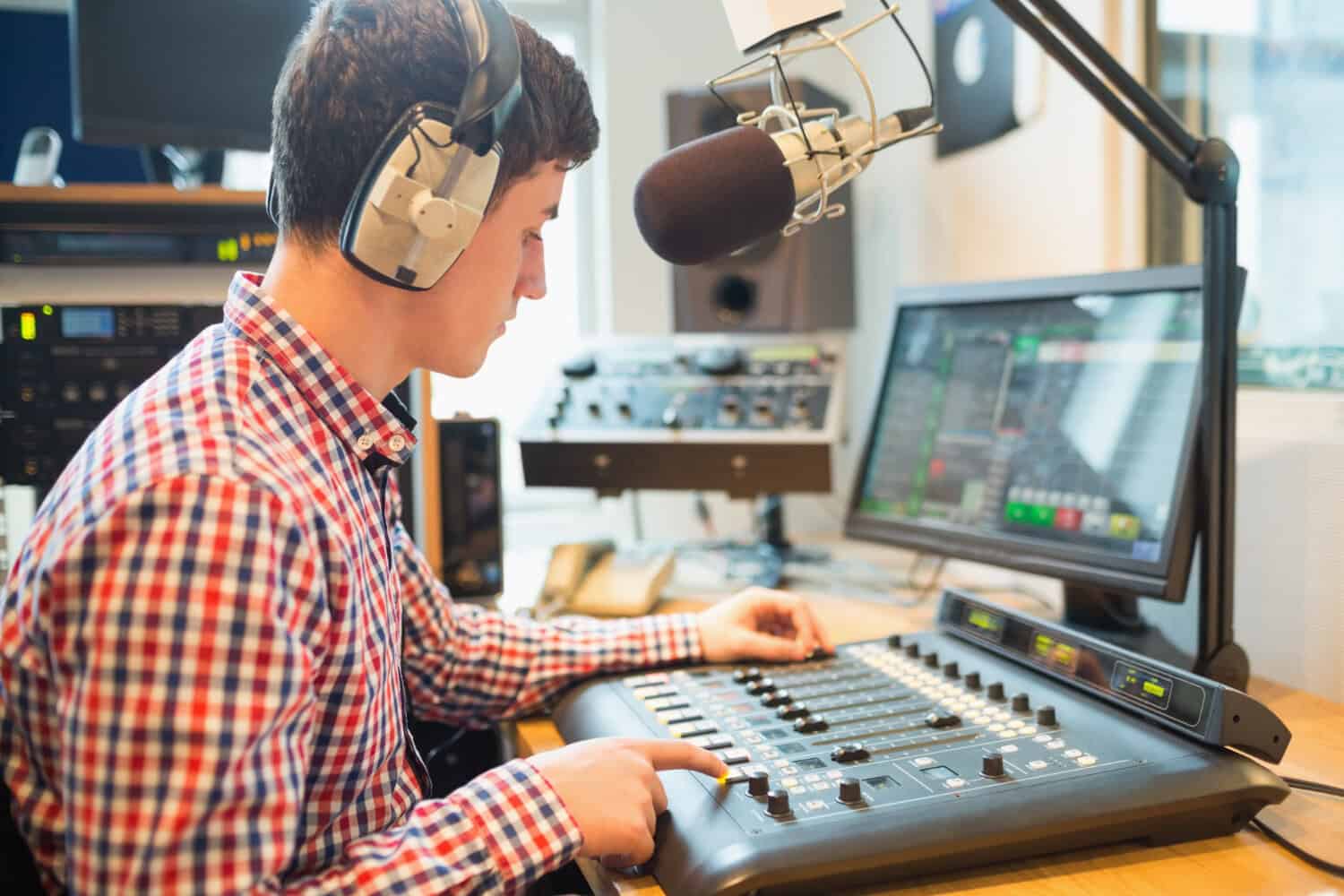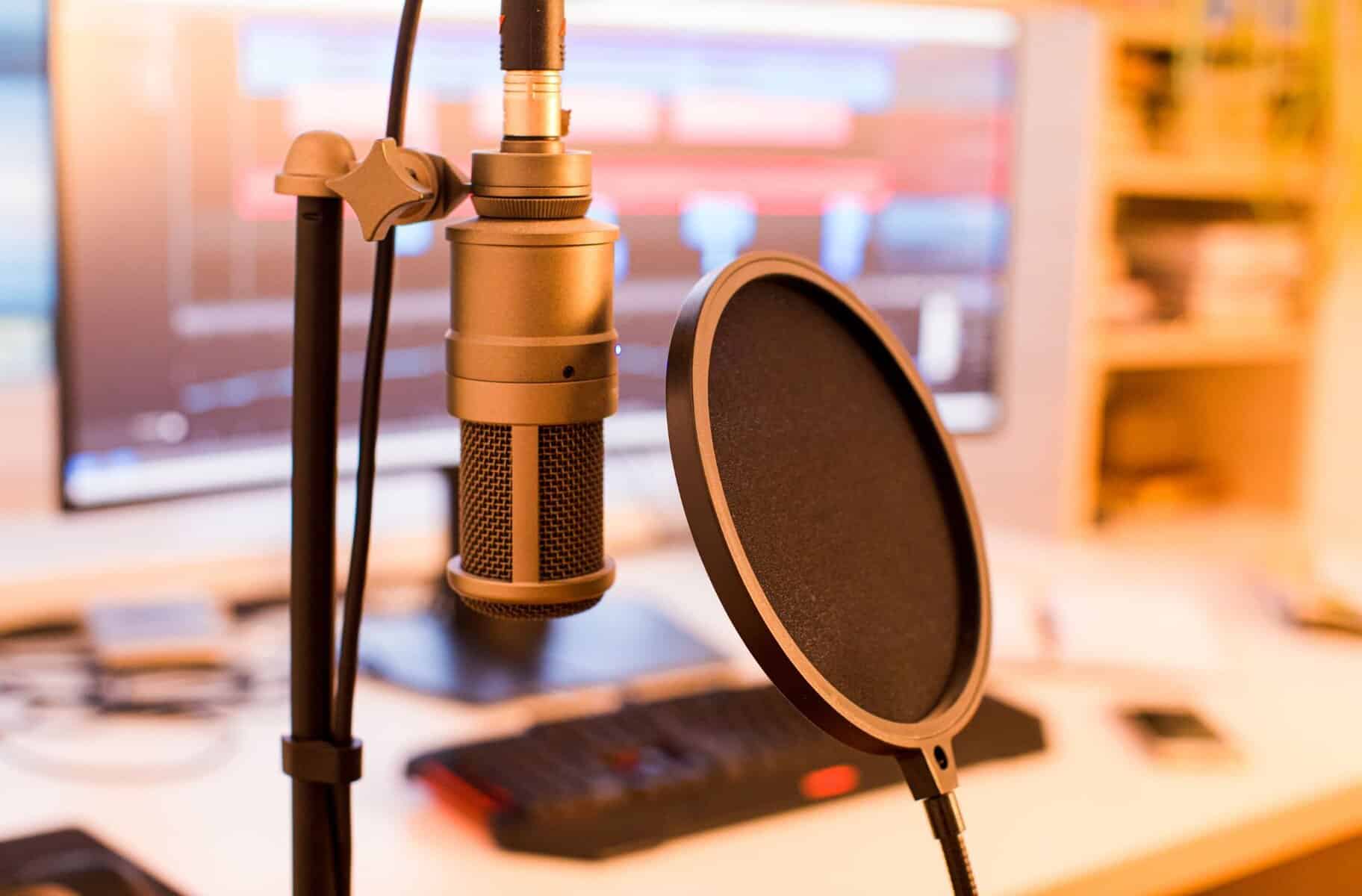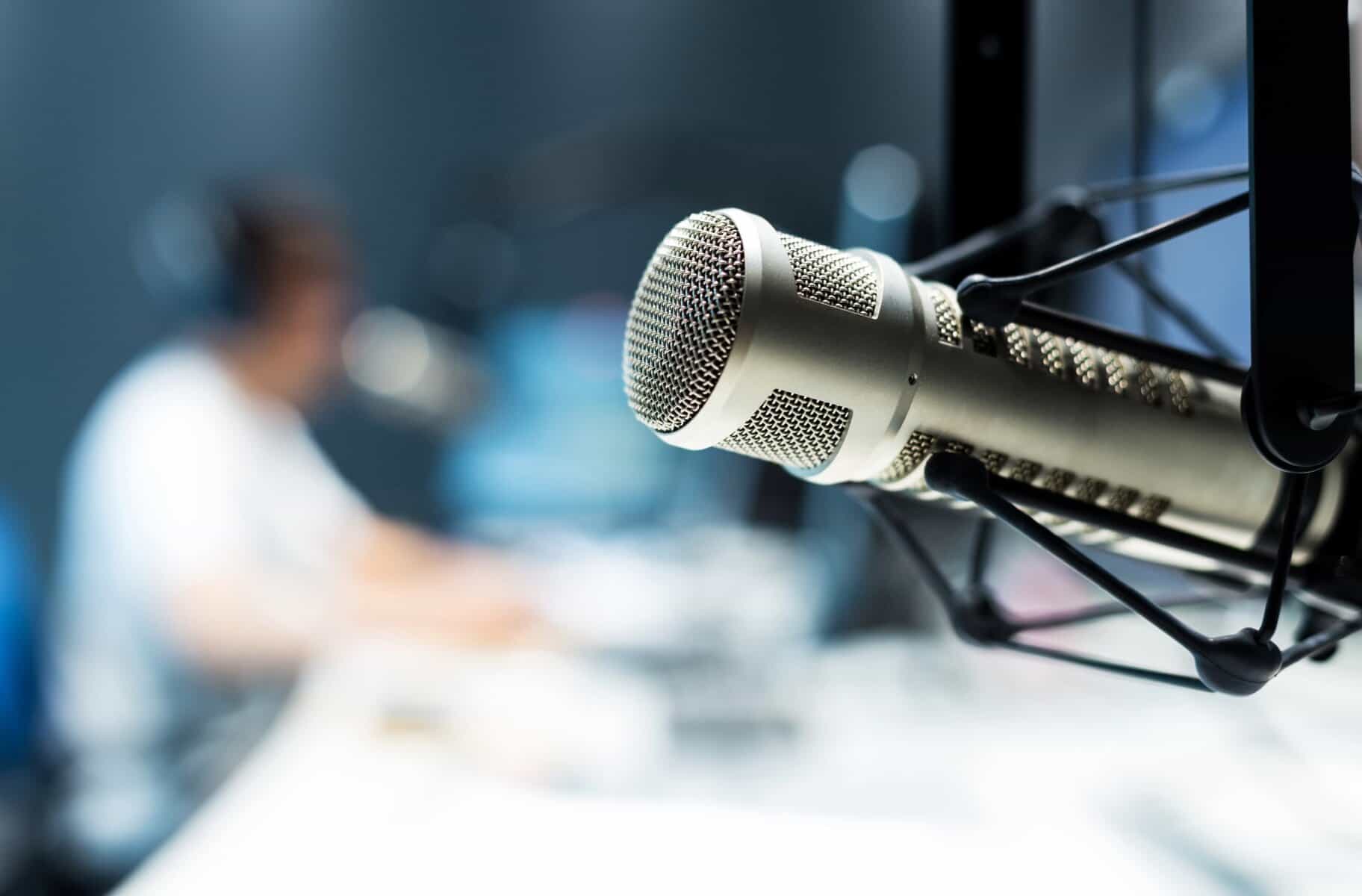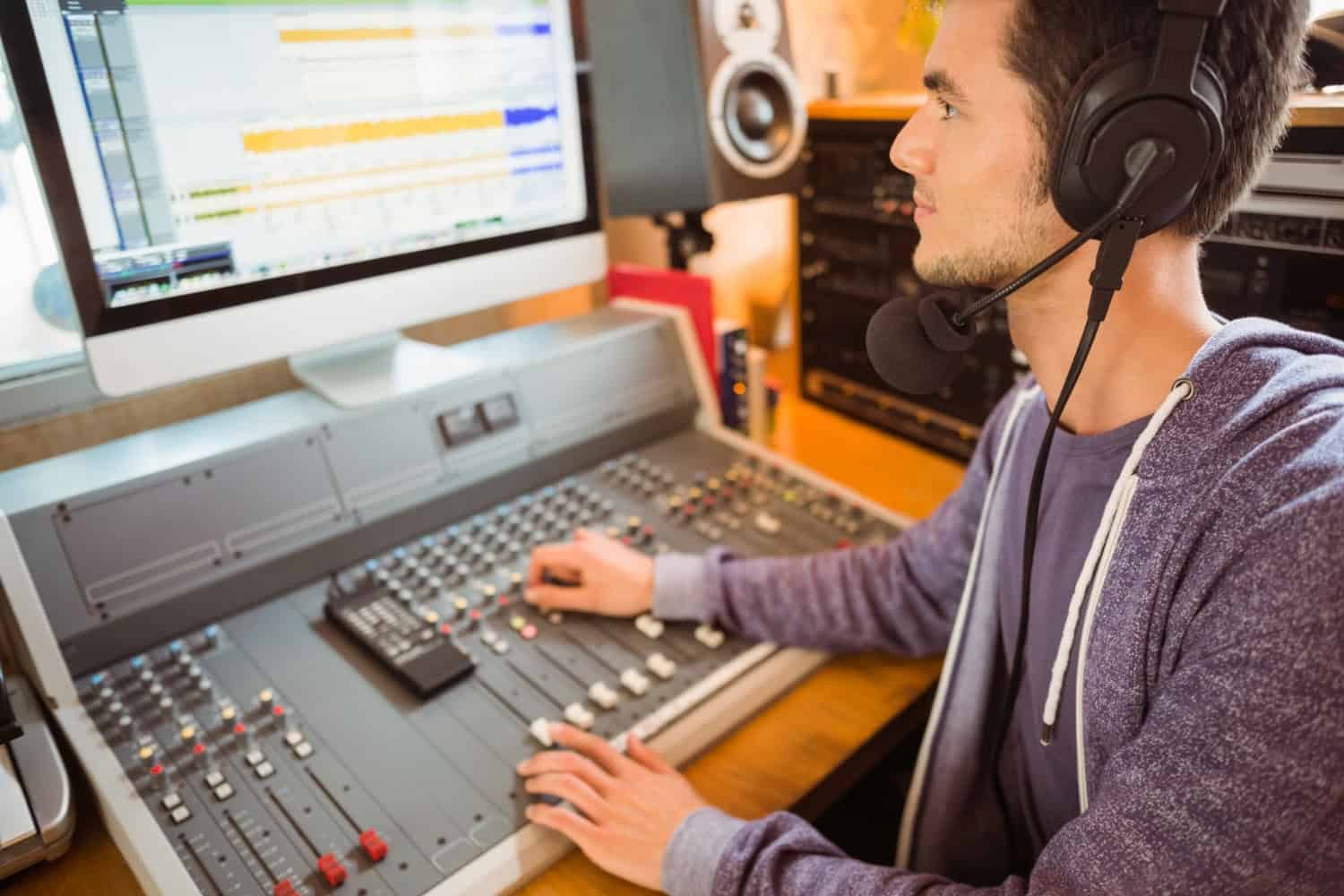Music has a magical way of touching our senses and emotions. When used correctly, it transforms a plain radio ad into an unforgettable experience. The melody, rhythm, and overall sound of music can make an ad more engaging and memorable. Radio ads compete for listeners’ attention, and music gives them a powerful edge.
Using the right music can help create an emotional bond between the brand and its audience. A catchy jingle can get stuck in someone’s head, making them associate the tune with the brand long after the ad has played. It’s like planting a musical seed that grows each time a listener thinks of the product or service. This emotional connection can make a big difference in how listeners remember and respond to the ad.
Crafting the perfect musical component for a radio ad involves several steps. These include selecting the right genre to match the audience, creating memorable tunes, and integrating the sound effectively into the ad. Each step is essential and contributes to the overall success of the advertisement. In the sections that follow, we will explore how to use music to make your radio ads truly stand out.
The Power of Music in Advertising
Music adds a layer of emotional depth to radio ads that words alone cannot achieve. It can instantly change the mood and tone of a commercial. A lively tune can inject energy and excitement, while a soft melody can evoke calm and tranquility. This emotional shift can make listeners more receptive to the ad’s message.
One of the key benefits of using music is enhancing recall. People are more likely to remember ads with music than those without. A familiar tune can jog a listener’s memory and bring the ad back to mind. This improved recall makes the ad more effective and boosts brand recognition.
Another powerful aspect of music is its universal appeal. Music transcends language and cultural barriers, making it a versatile tool in advertising. It speaks directly to the emotions, helping ads connect with a broader audience. When used thoughtfully, music can make an ad memorable and engaging, increasing the chances that listeners will respond positively.
Choosing the Right Genre for Your Audience
Picking the right genre of music is crucial for the effectiveness of the ad. Not all music resonates with every listener, so it’s important to consider the target audience. Understanding the demographics, interests, and preferences of the audience helps in selecting the genre that will grab their attention.
For instance, a younger audience might connect better with pop or hip-hop, while an older audience might appreciate classic rock or jazz. Matching the music to the audience’s tastes ensures the ad feels relevant and engaging. This connection increases the chances that the audience will enjoy and remember the ad.
Here are some tips for choosing the right genre:
- Know Your Audience: Conduct surveys or look at existing customer data to understand their musical preferences.
- Match the Mood: Ensure the genre matches the overall tone and message of the ad.
- Test Different Options: Try out different genres in focus groups to see which one resonates best.
Selecting the right genre helps create an emotional connection and makes the ad more memorable, leading to better results.
Crafting Memorable Music and Jingles
Creating a memorable jingle requires a mix of creativity and strategy. A good jingle should be catchy, easy to remember, and closely tied to the brand’s identity. Start by brainstorming simple, short phrases that capture the essence of the brand. These phrases should be easy to sing and remember.
Next, pair these phrases with a melody that’s appealing and repeatable. A tune that sticks in a listener’s head is crucial. Experiment with different melodies and instruments until you find the combination that best represents the brand. Keep the melody simple but engaging to ensure it leaves a lasting impression.
In addition to melody and lyrics, it’s important to think about the pace and rhythm of the jingle. The rhythm should match the mood and message of the ad. A faster pace can create excitement, while a slower rhythm can evoke calmness and reliability. By carefully crafting these elements, we ensure the jingle not only grabs attention but also reinforces the brand’s message in the listener’s mind.
Tips for Effective Sound Integration in Ads
Integrating music seamlessly into a radio ad requires careful planning and execution. Here are some tips to make sure the music enhances the ad rather than distracts from it:
- Balance Volume Levels: The music should complement the voiceover, not overpower it. Adjust the volume levels so that the message remains clear and audible.
- Use Appropriate Transitions: Smooth transitions between music and dialogue create a more polished and professional ad. Avoid sudden cuts that can jar the listener.
- Match the Music to Key Points: Sync the music to emphasize key moments in the ad. This synchronization can underline important information and make the ad more impactful.
- Keep it Short and Sweet: Music should enhance the message, not overshadow it. Use short musical segments to maintain focus on the ad’s core message.
By following these tips, we ensure that the music adds value to the ad, making it more dynamic and engaging without compromising the clarity of the message.
Conclusion
Using music in radio ads can make a significant difference in how the audience perceives and remembers the ad. From choosing the right genre to crafting a memorable jingle, each step plays a critical role in the overall impact. Effective sound integration ensures that the music enhances the message and engages the listener, making the ad more memorable.
At Killerspots Agency, we understand the power of music in advertising. Our expertise in radio commercial production, jingle creation, and sound engineering allows us to craft ads that stand out. If you’re ready to create compelling radio ads that capture and hold attention, contact us today at Killerspots Agency. Let’s make your brand unforgettable through the power of music!




















